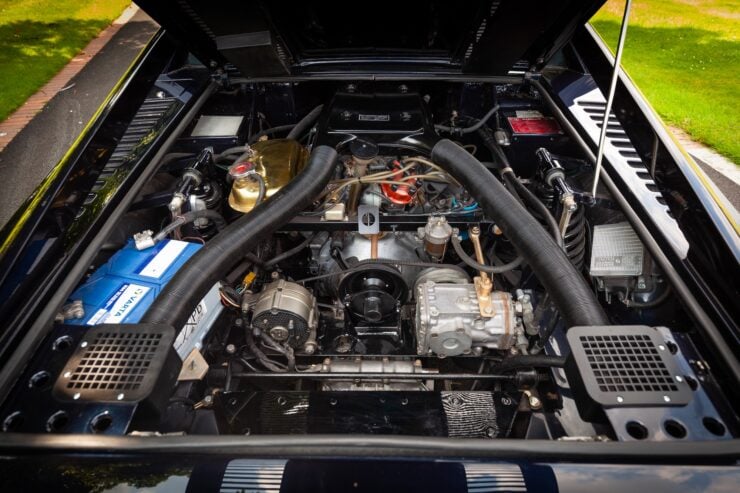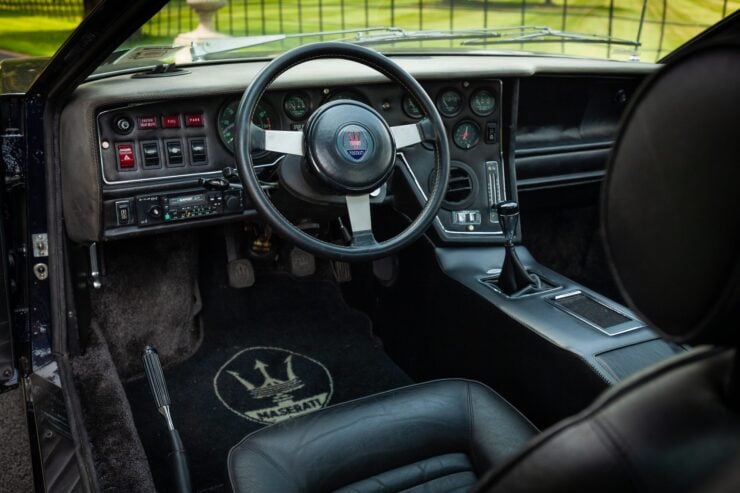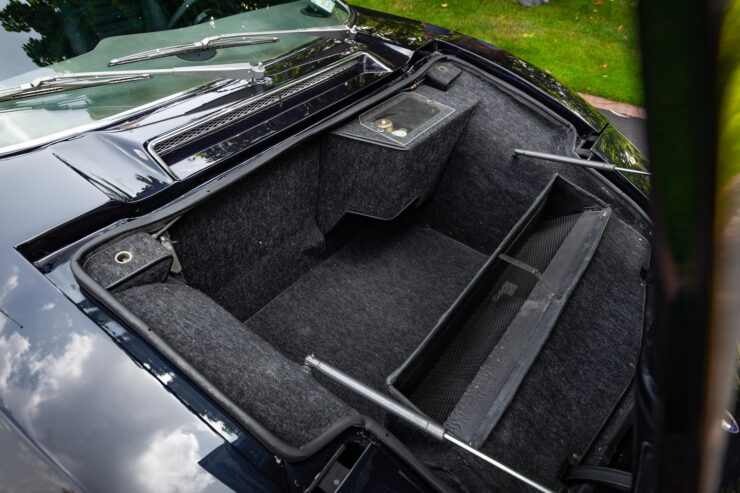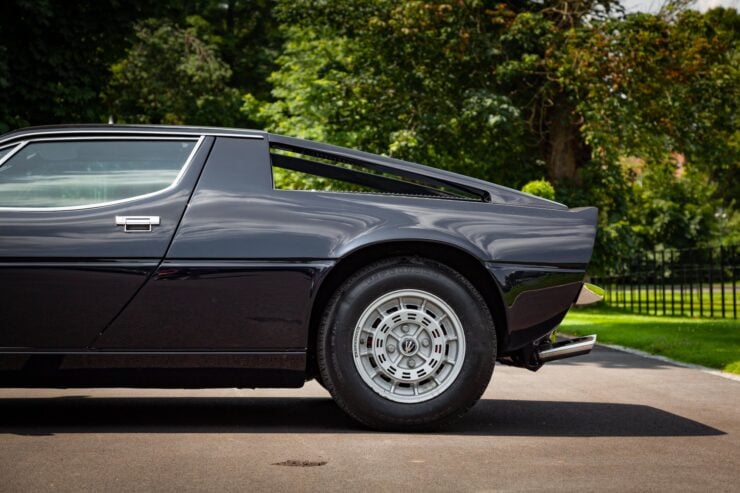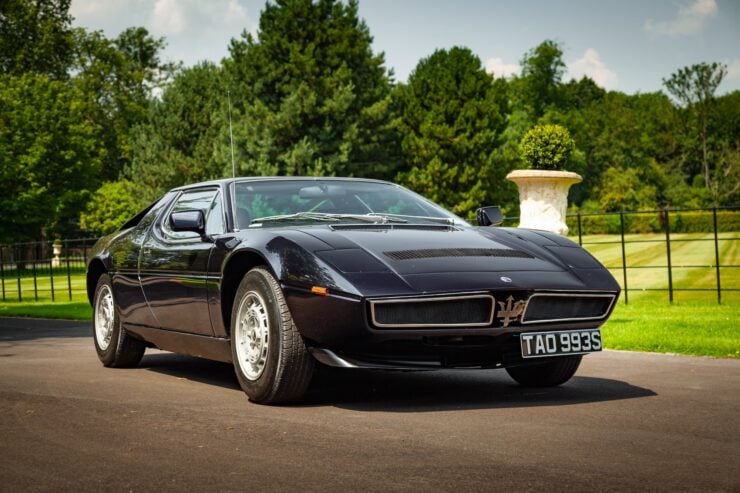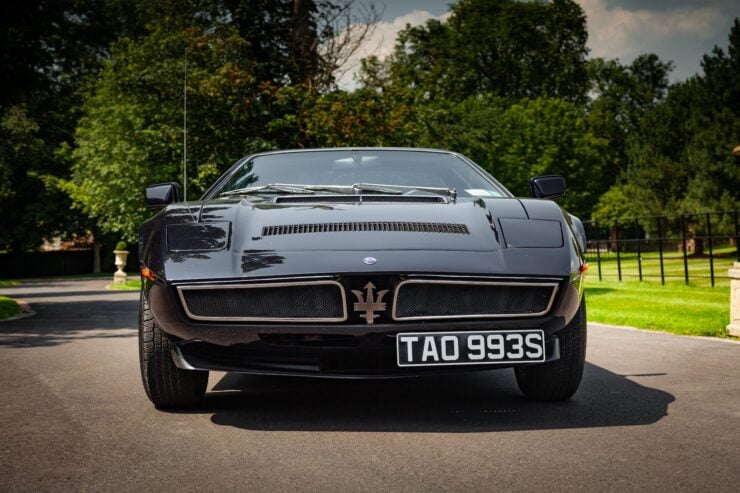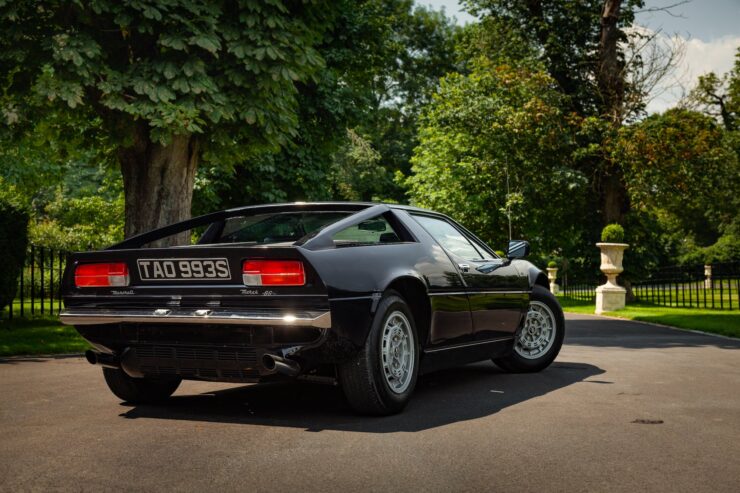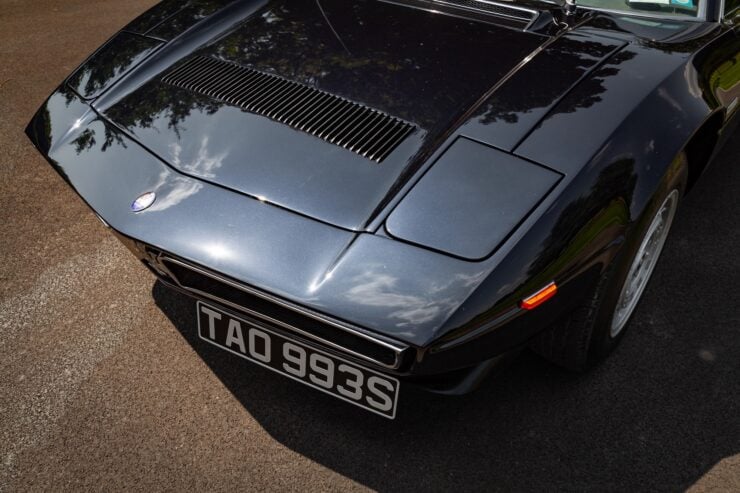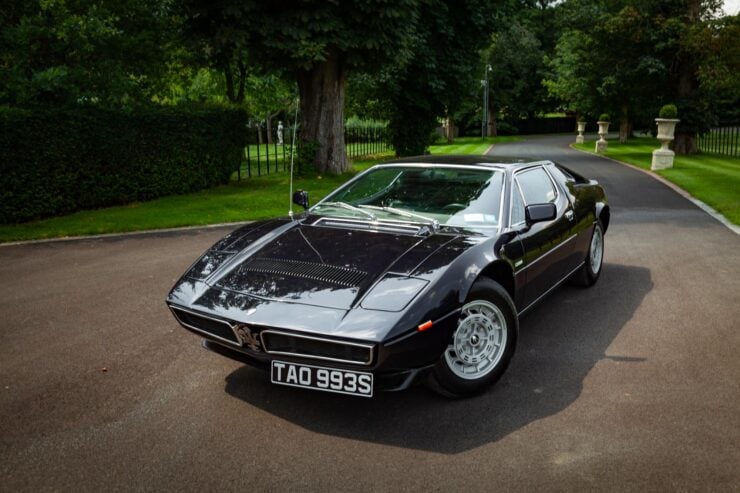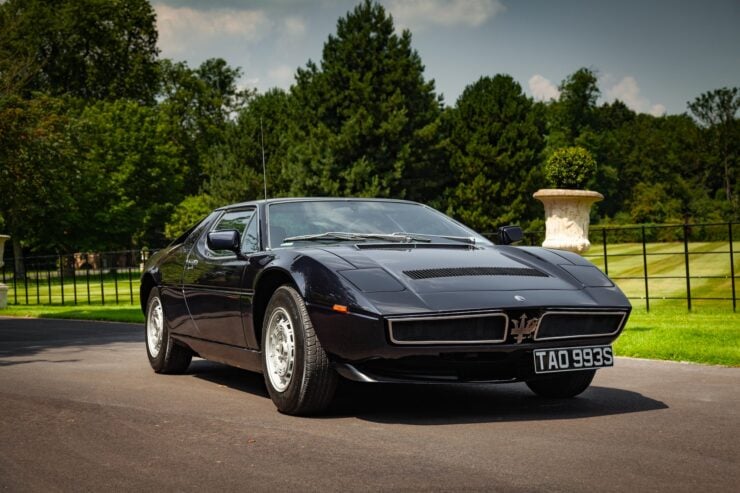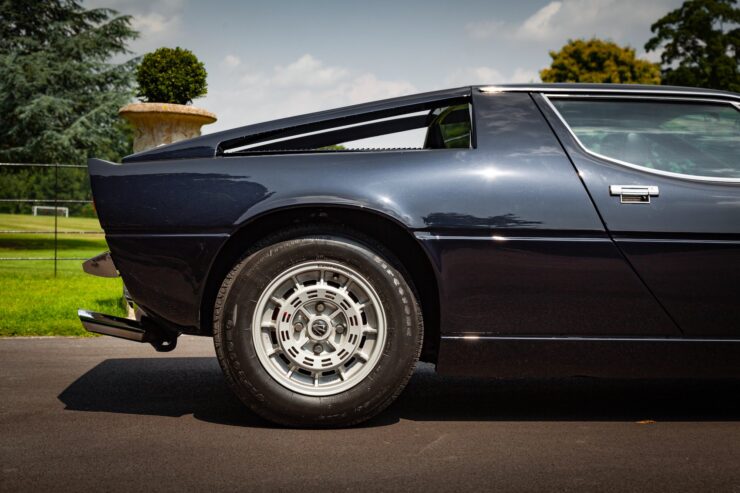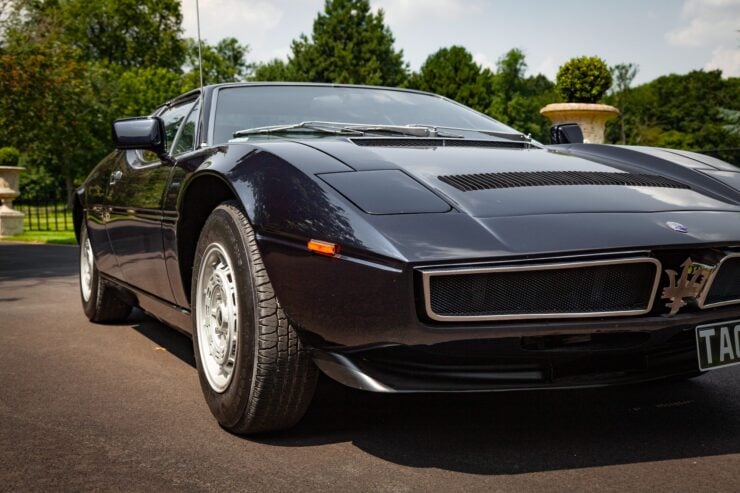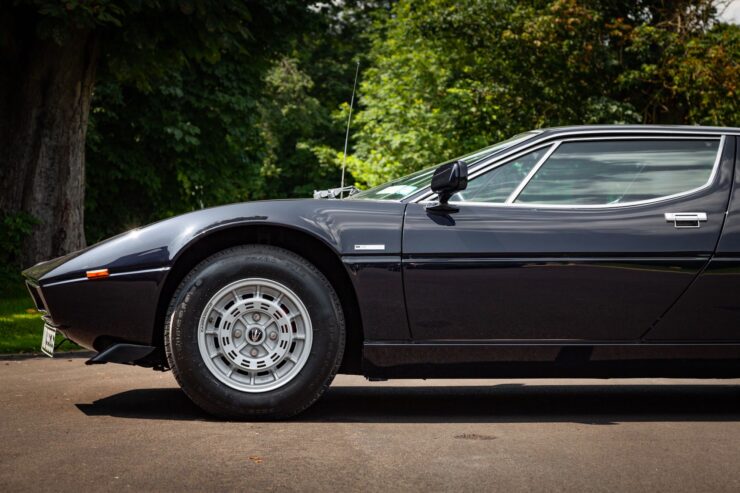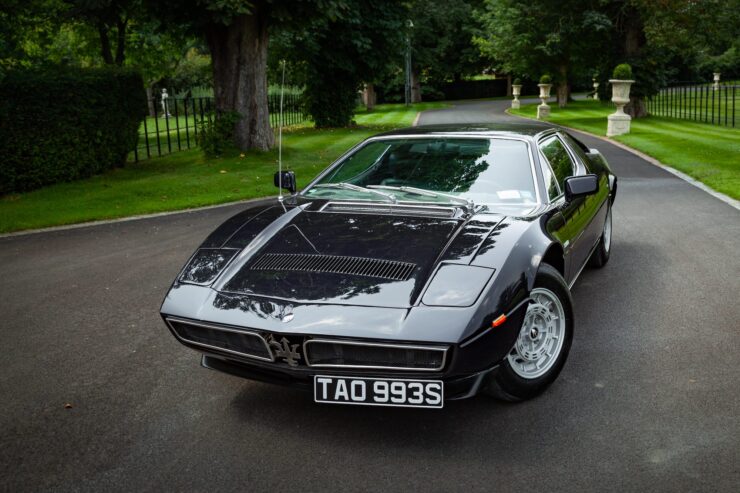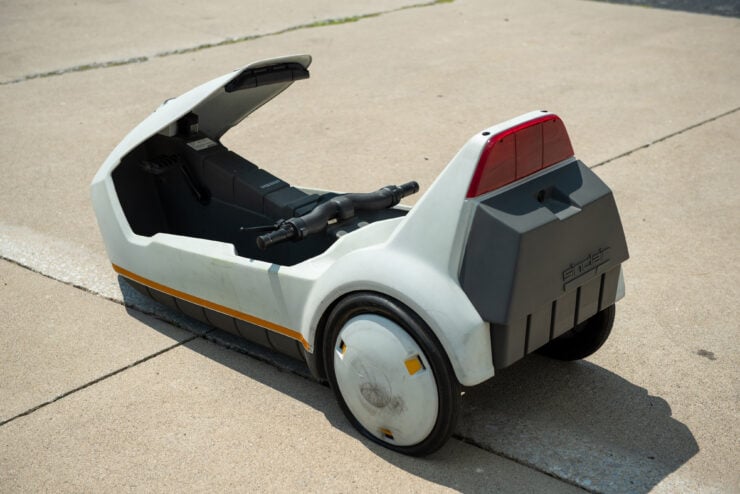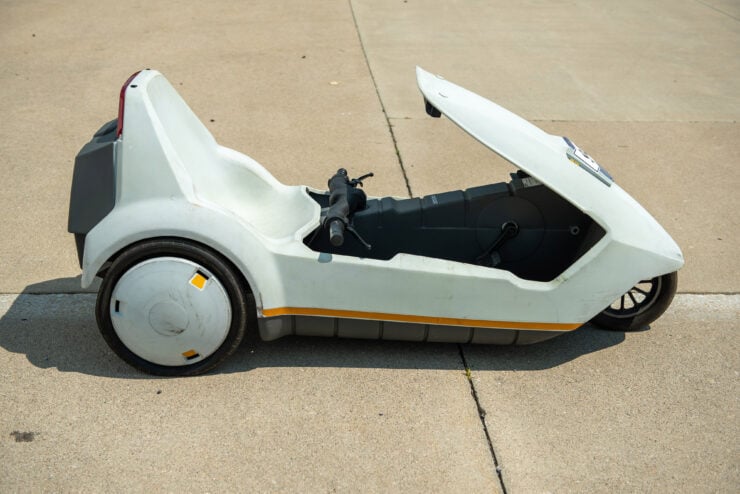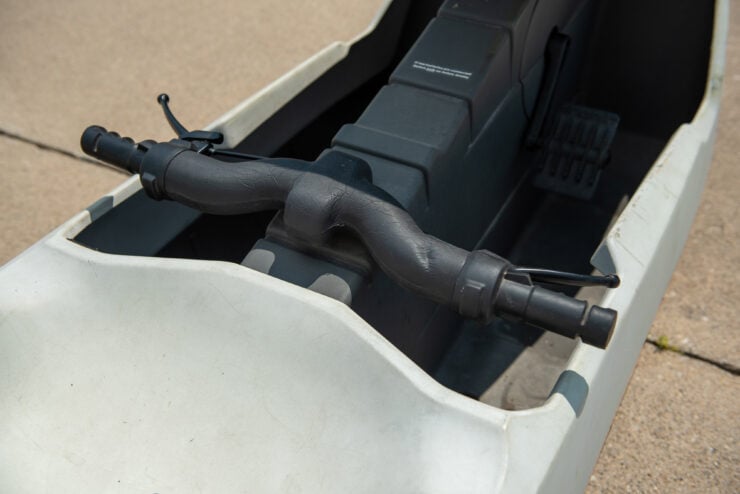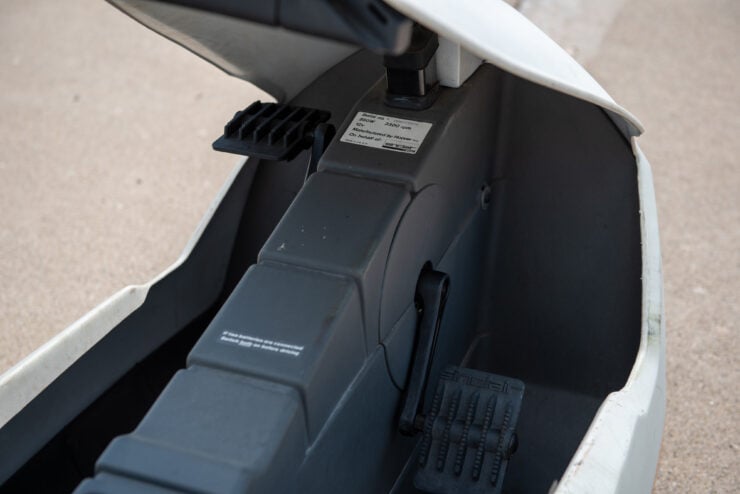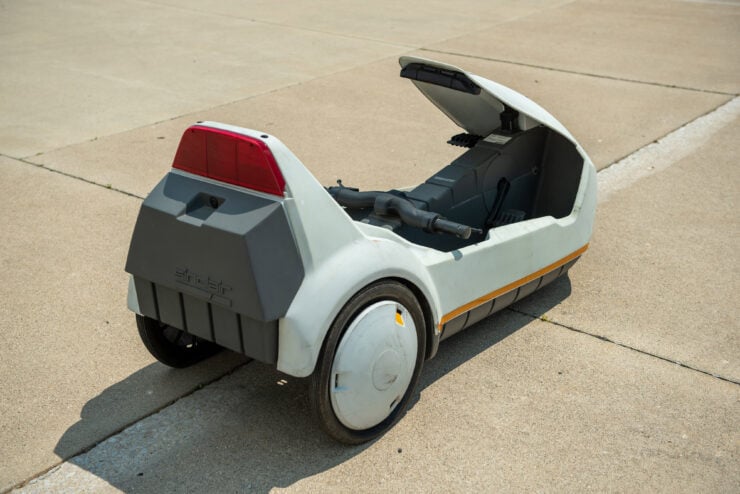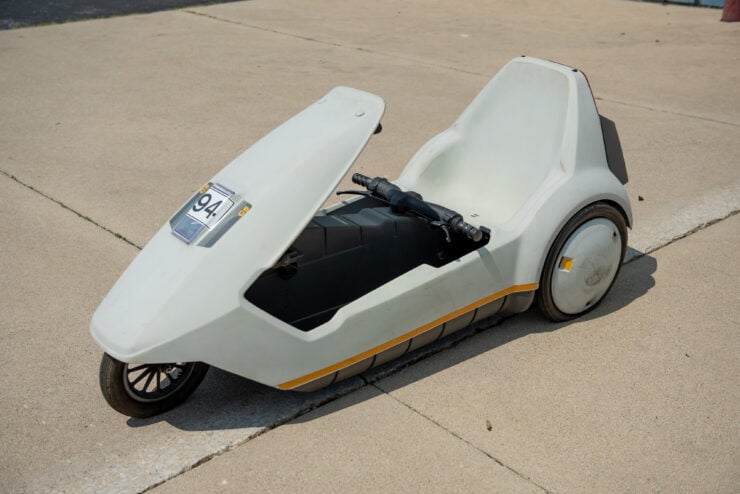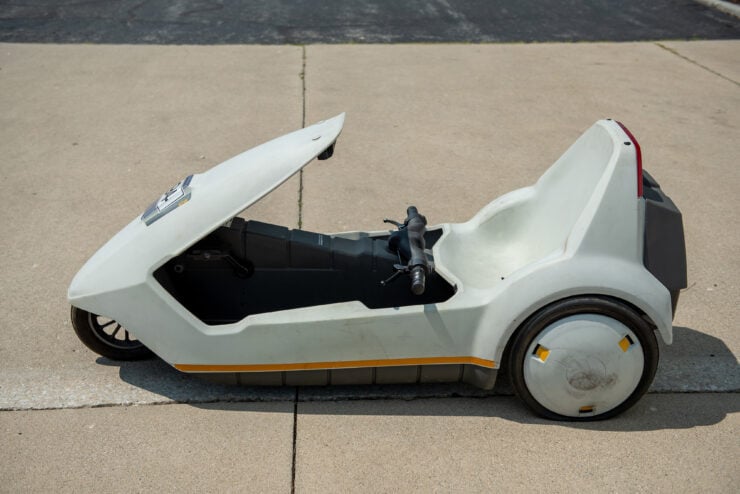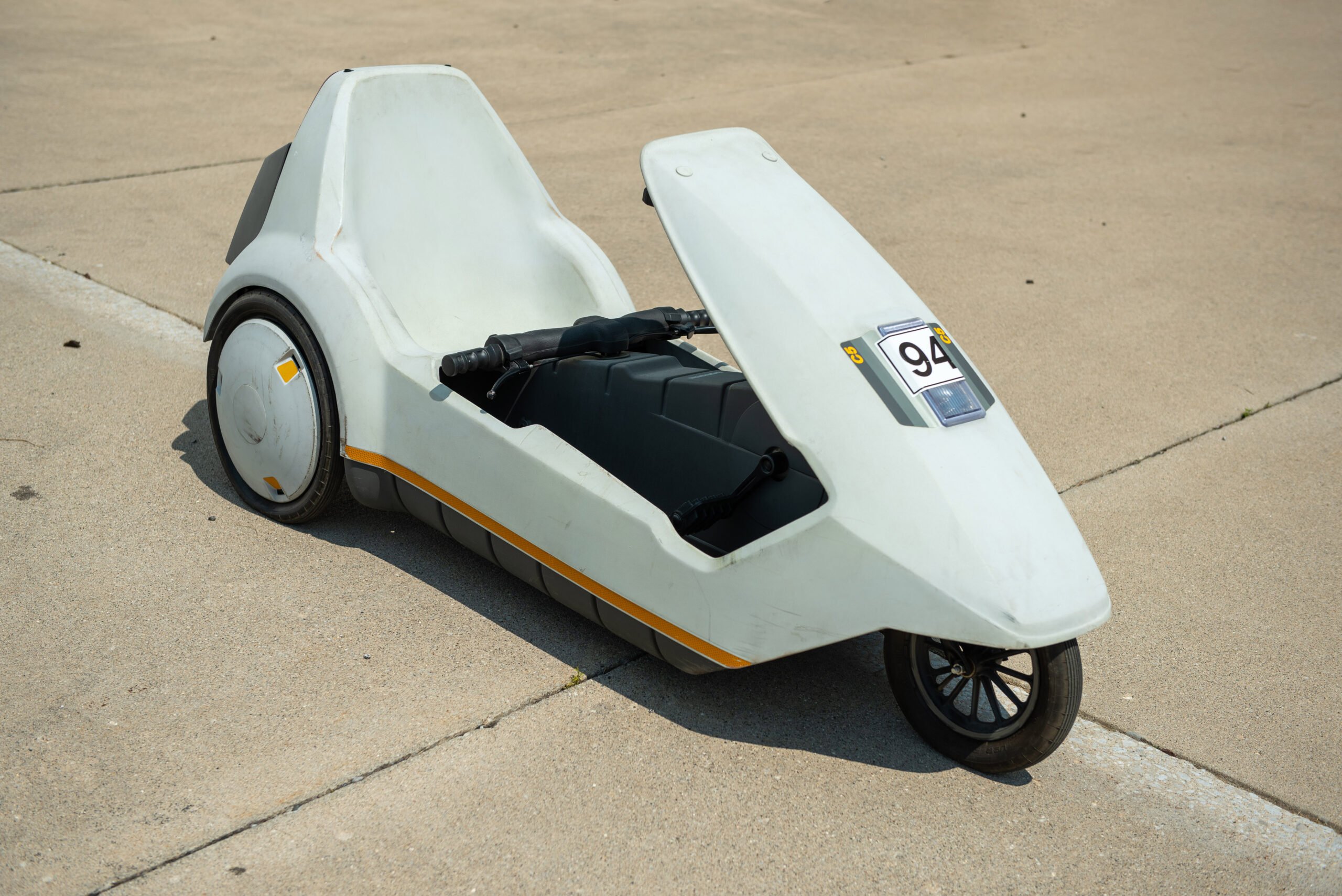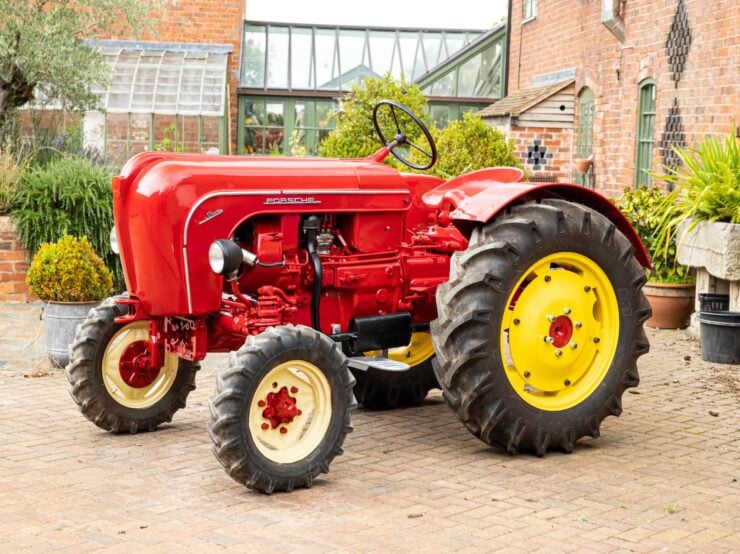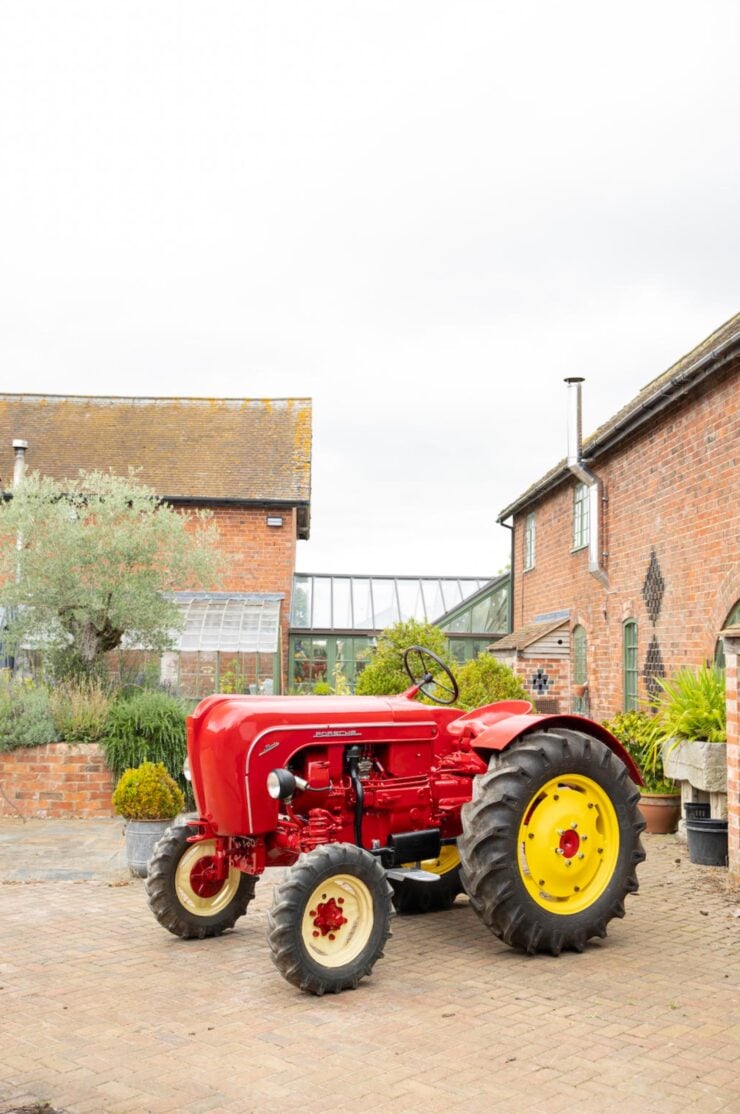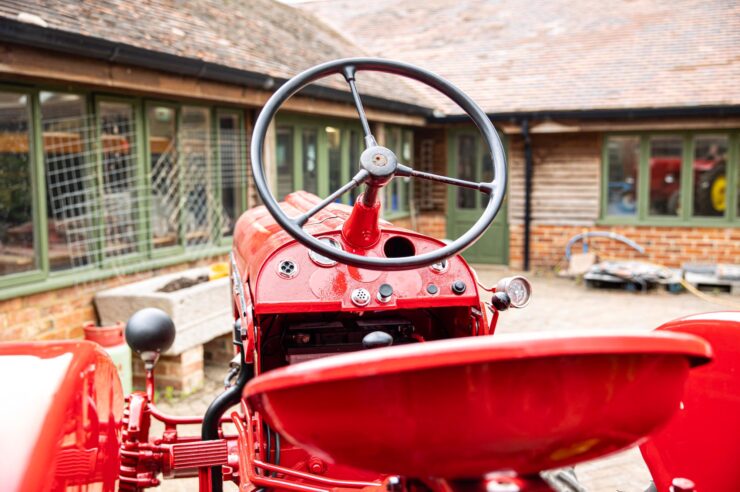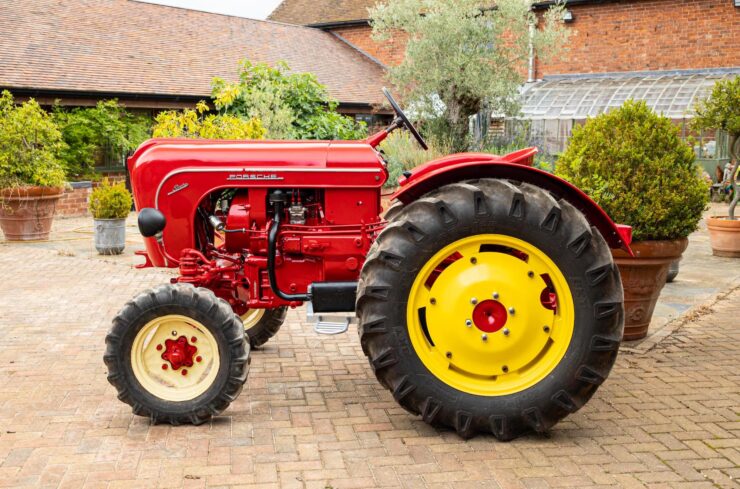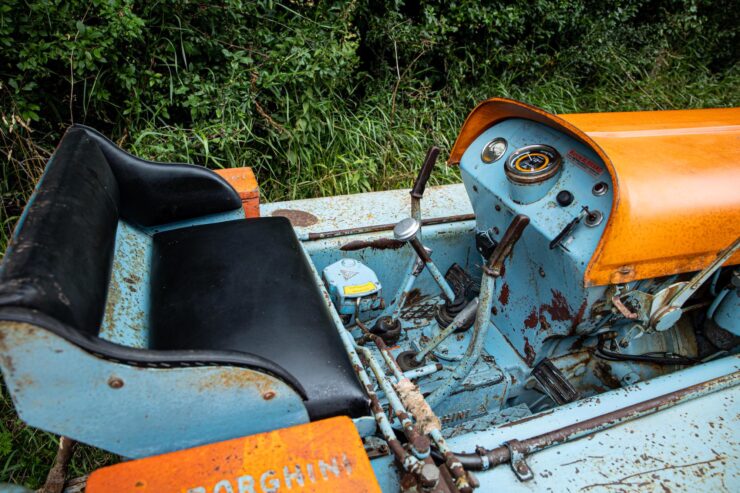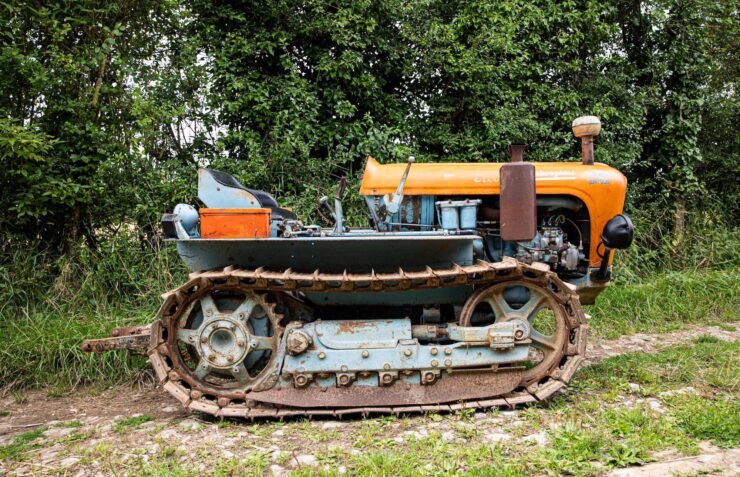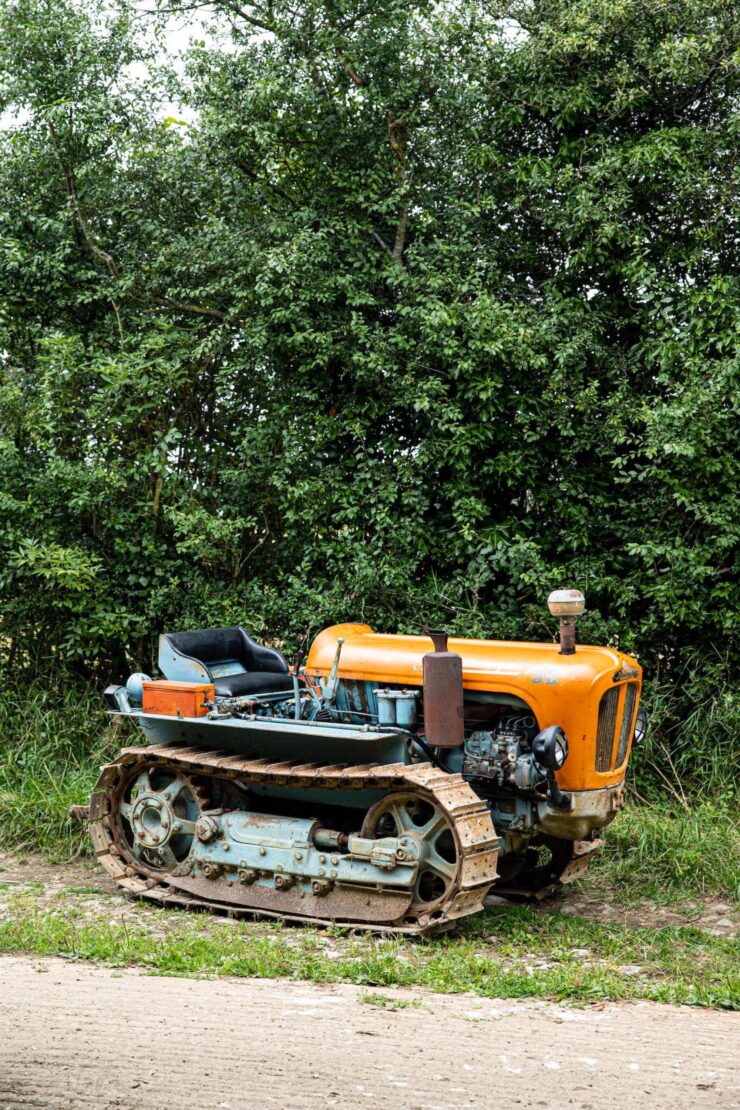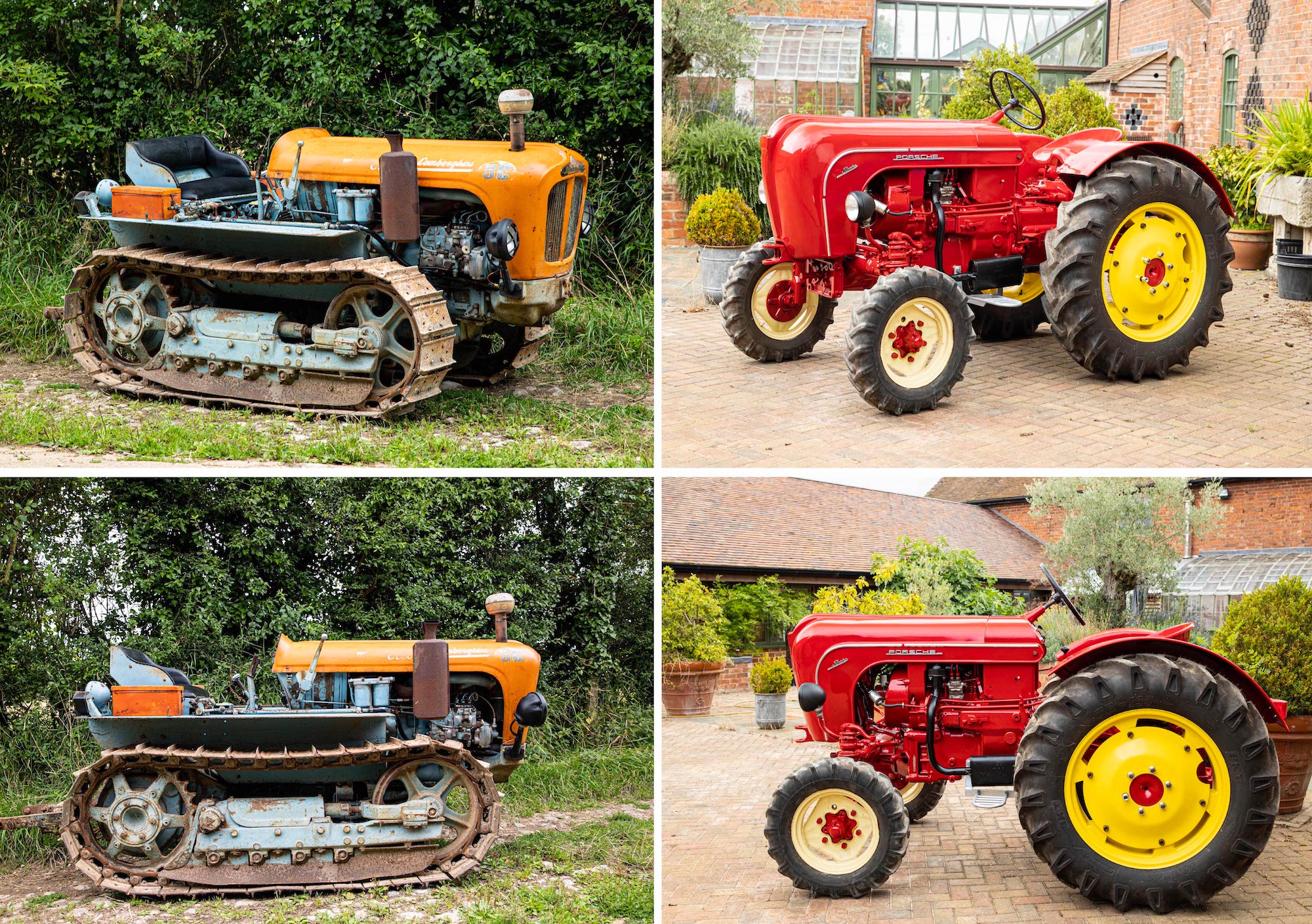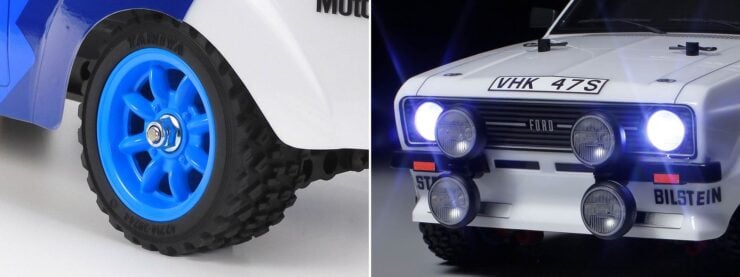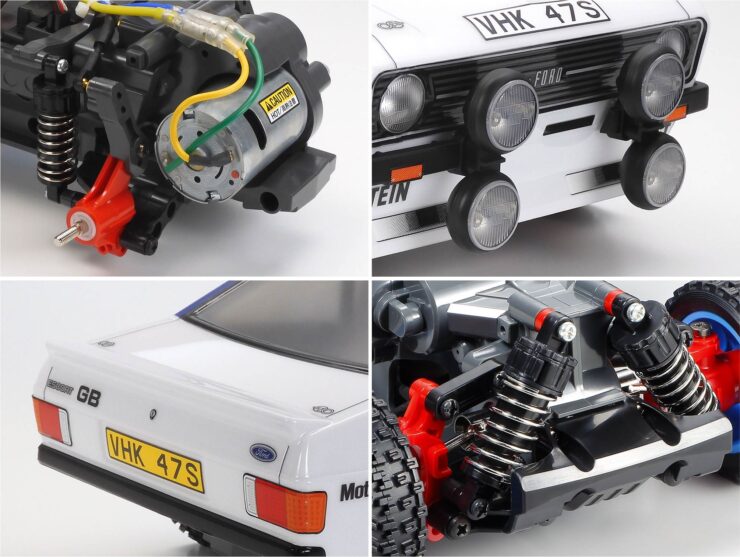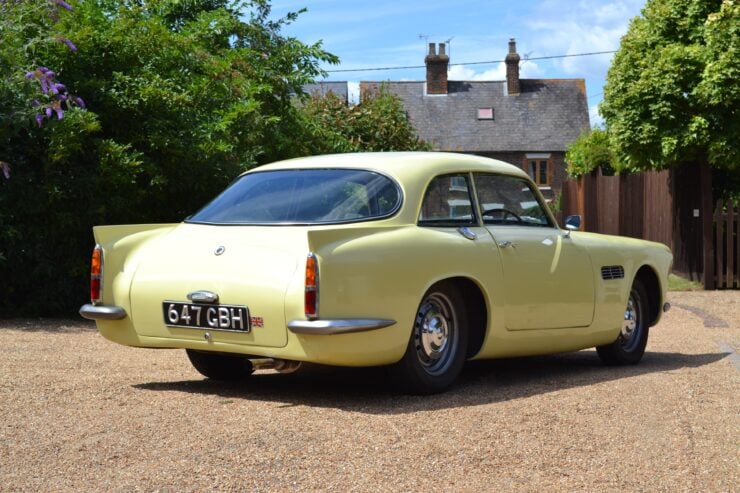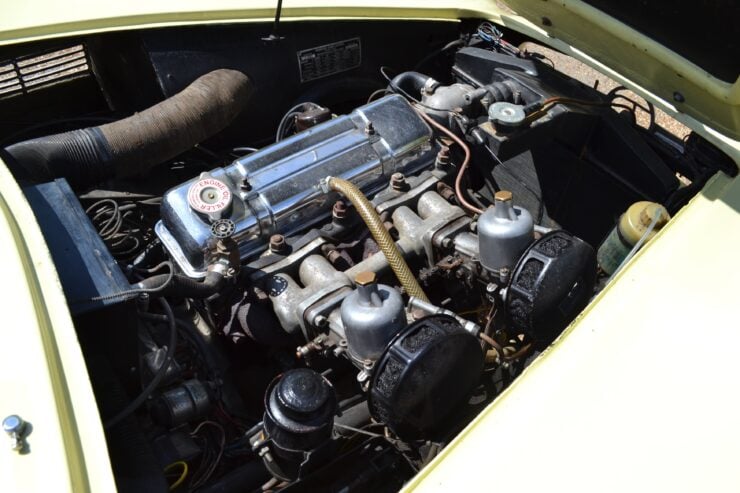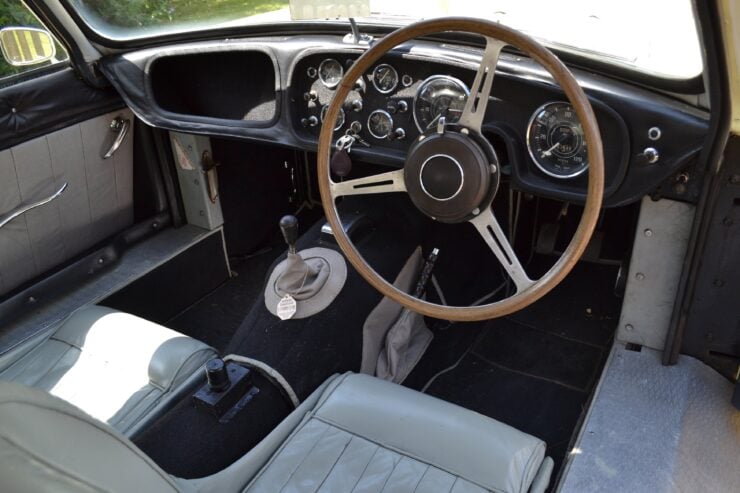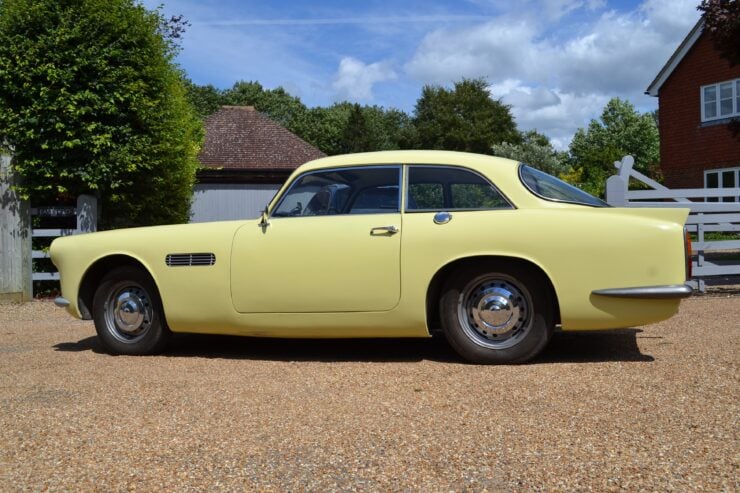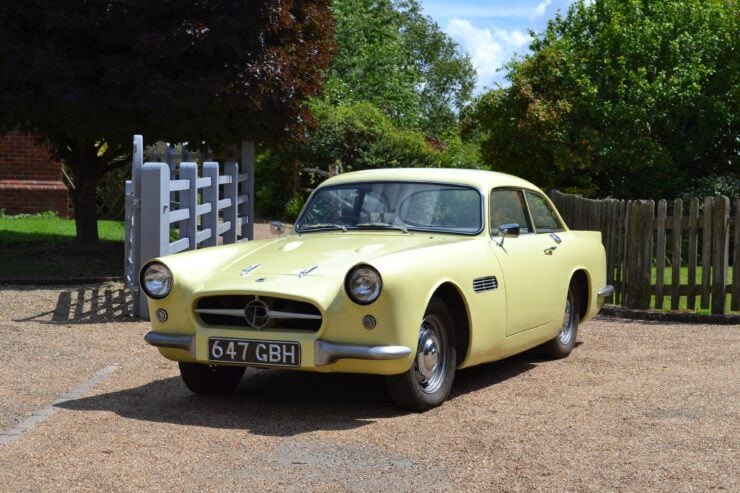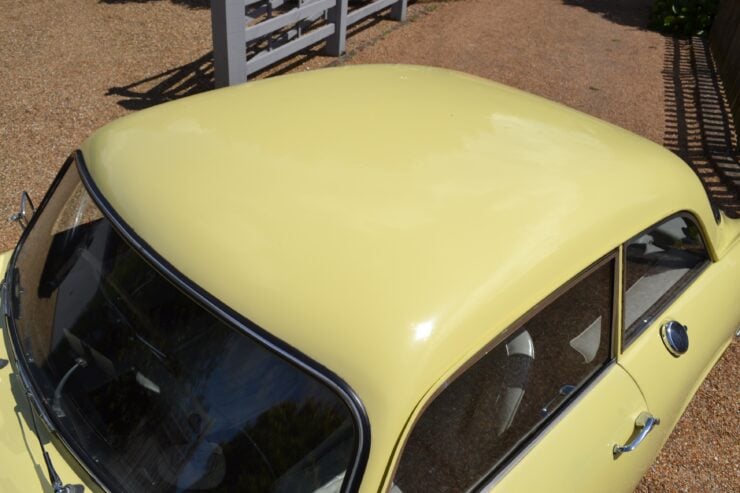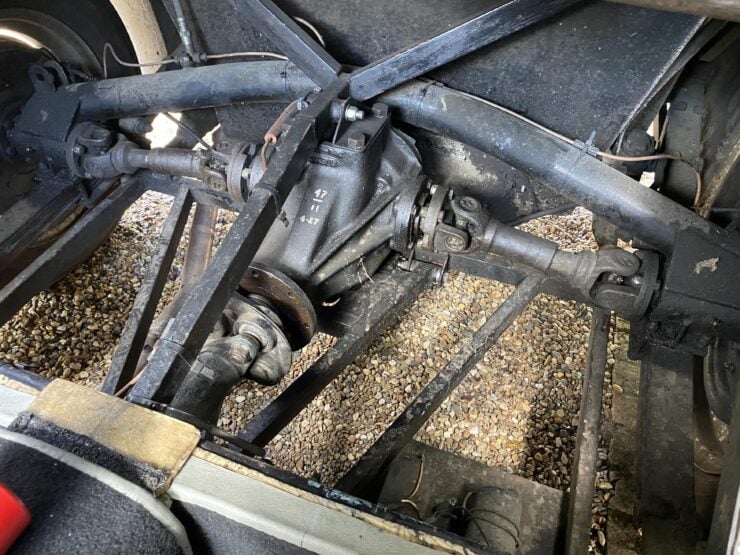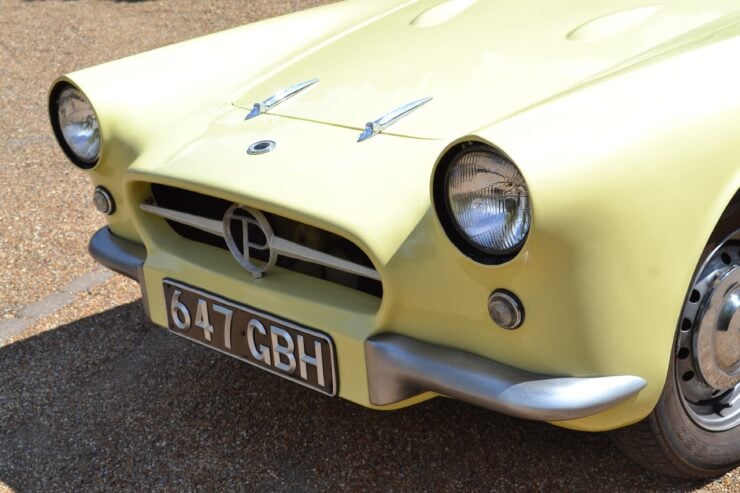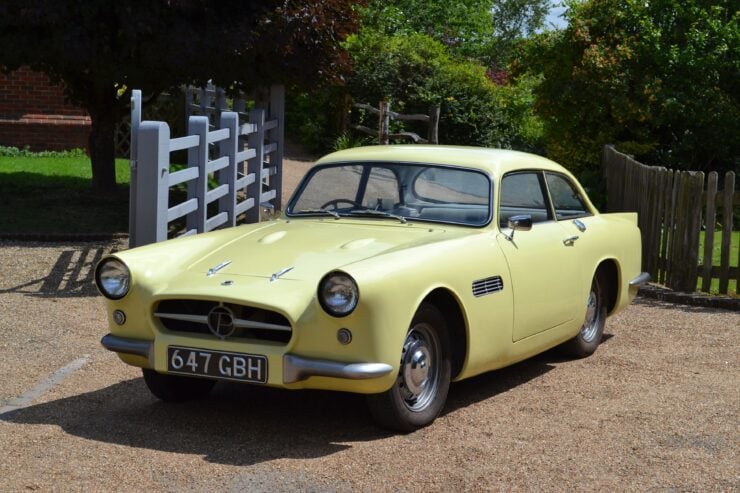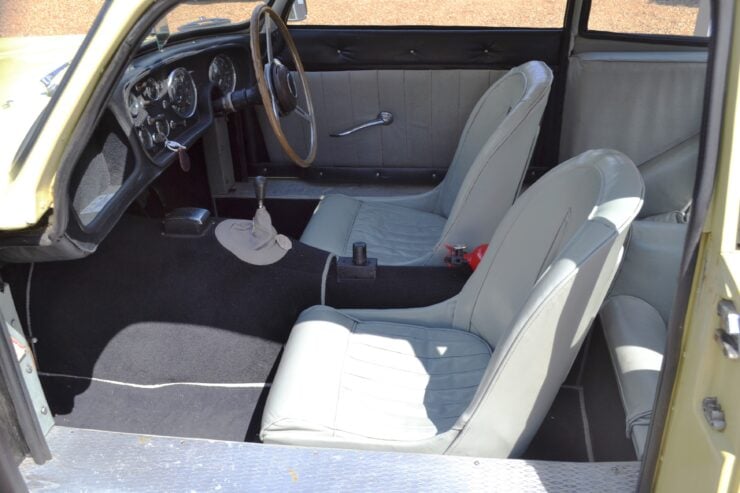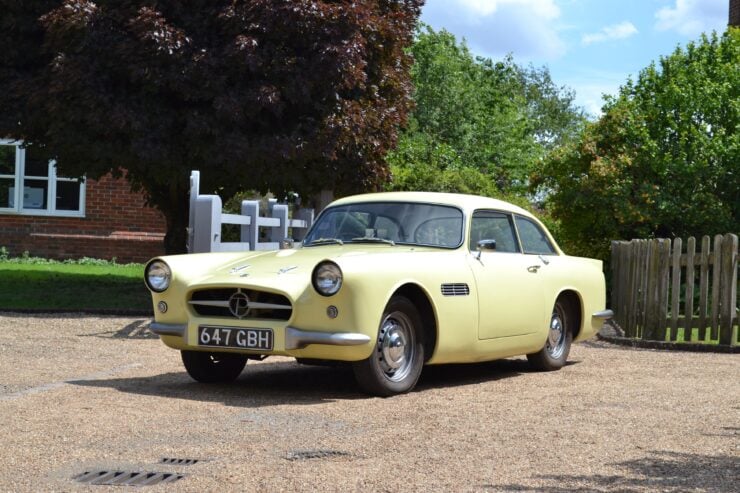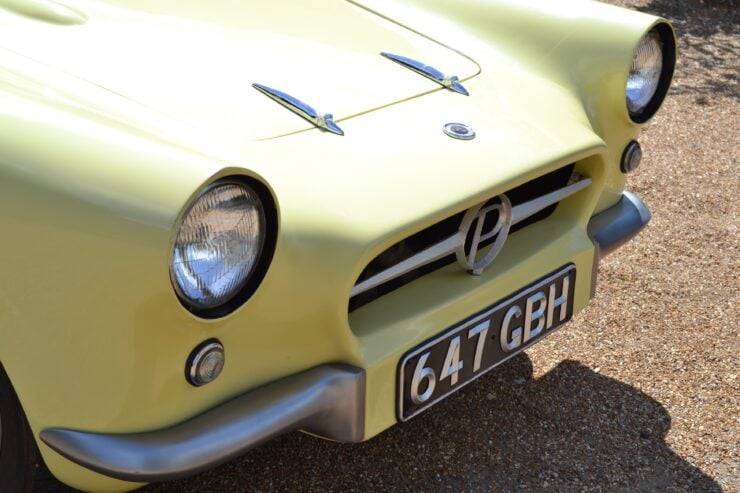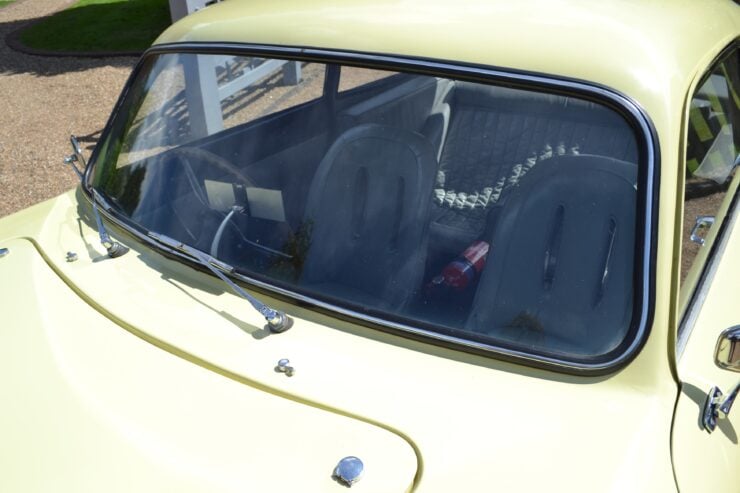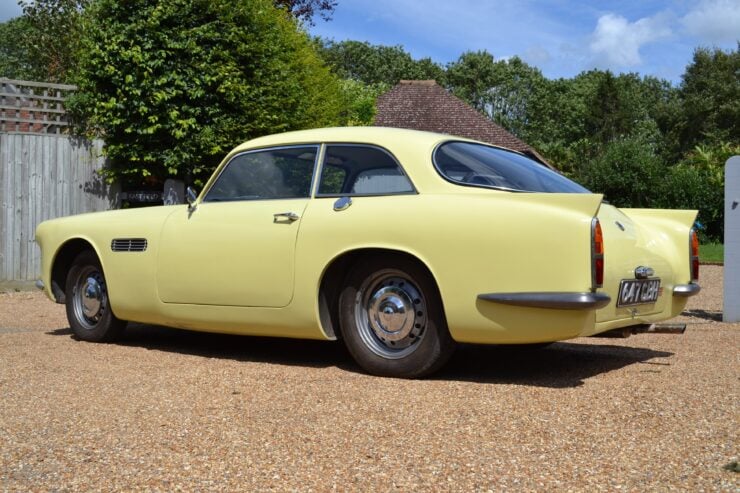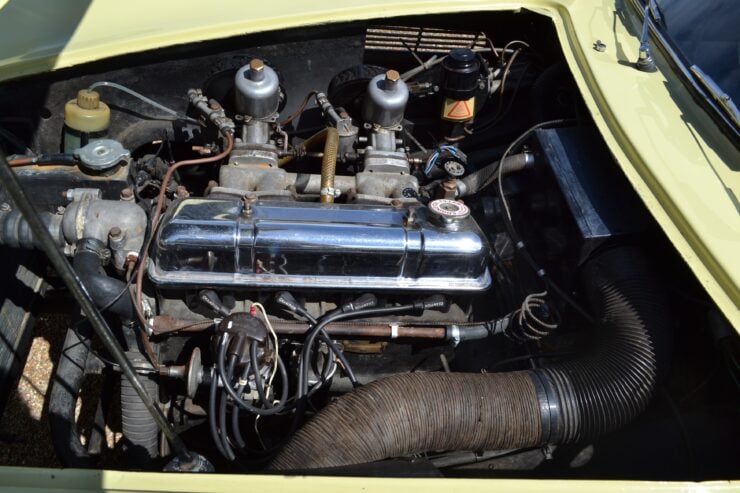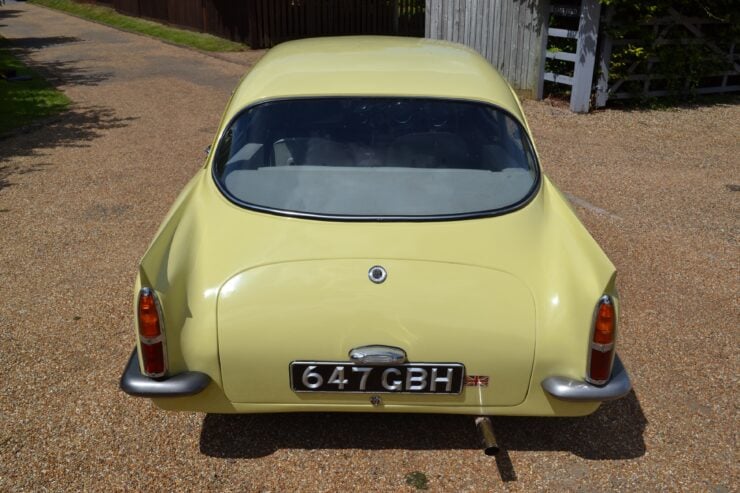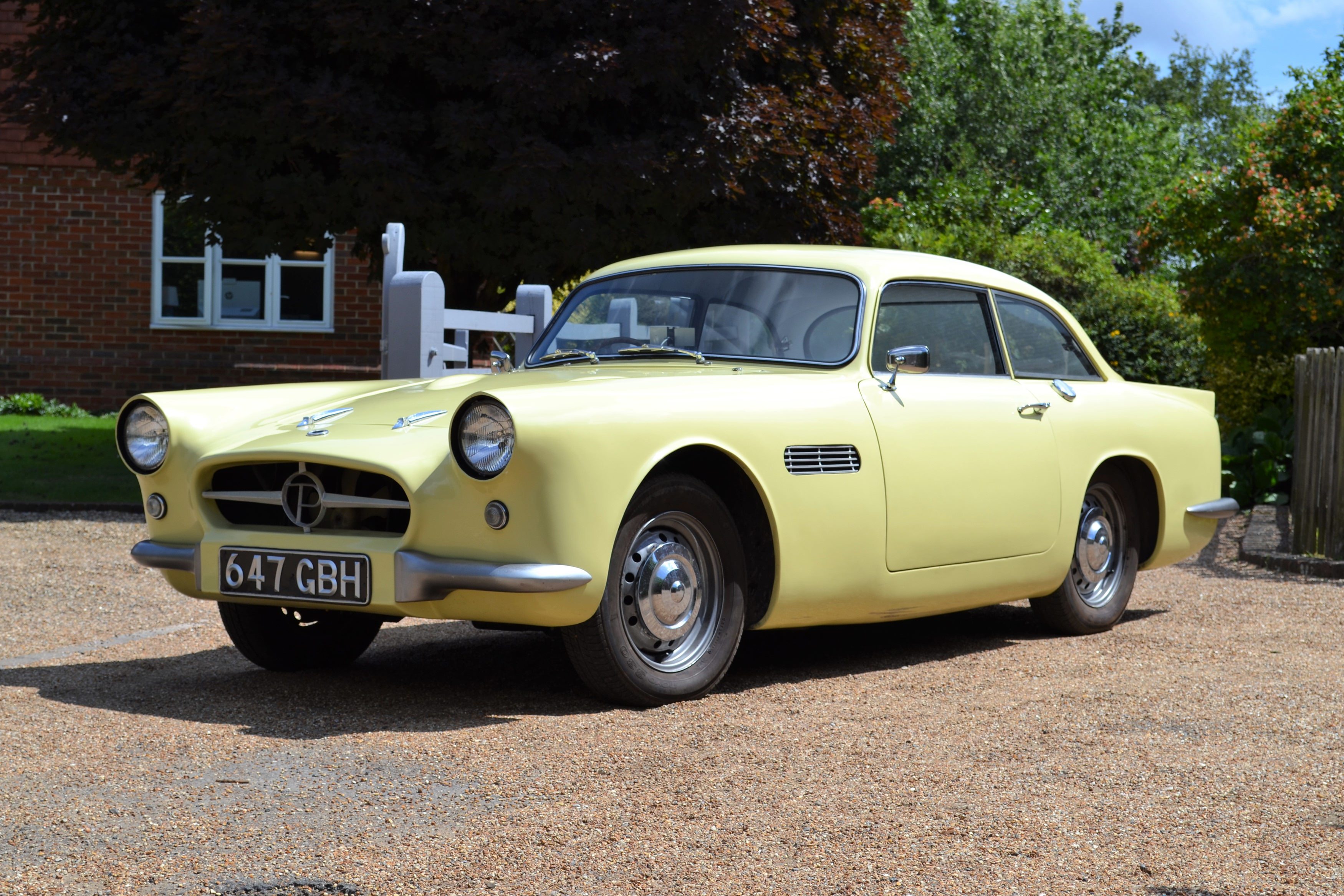The Maserati Merak SS was introduced at the Geneva Motor Show in 1975 as the new and upgraded version of the Giorgetto Giugiaro-designed Merak, now weighing 110 lbs less and carrying an additional 30 hp thanks to a series of engine upgrades.
Unlike many of its mid-engined contemporaries, the Maserati Merak SS has seating for four in a classic 2+2 arrangement, making it considerably more practical – particularly for those with children.
Fast Facts
- The Maserati Merak was released at the 1972 Paris Auto Show, it’s closely related to the Maserati Bora however unlike the V8 powered Bora, the Merak uses a V6 engine which made room for an additional set of two seats in the back.
- The car has a steel monocoque chassis with a tubular steel rear subframe to which the powertrain and rear suspension are mounted.
- The Merak is powered by a 3.0 liter 90º V6 with double overhead cams, two valves per cylinder, and the SS variant produced 220 hp at 6,500rpm.
The Maserati Merak SS
The Maserati Merak SS was the higher-performance version of the original Merak that had been released in 1972. It was designed to compete with the likes of the Porsche 911, Ferrari Dino 308 GT4, and the Lamborghini Urraco – all 2+2 sports cars with a rear or rear-mid engine configuration.
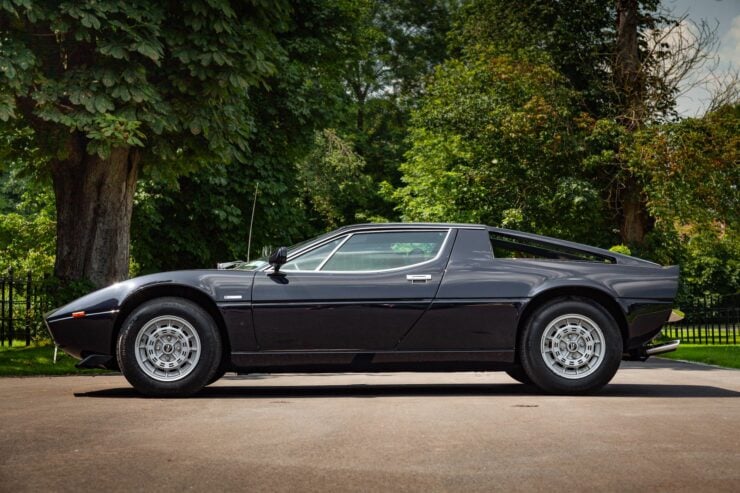
The Merak was styled by the great Giorgetto Giugiaro, and it’s powered by a long-lived V6 designed by Giulio Alfieri.
During the time that the Merak was developed Maserati belonged to Citroen, and as a result many Citroen parts were used in the car, things like hydropneumatic systems as well as the engine and transmission.
The Merak has a stamped steel monocoque chassis with a tubular steel rear subframe to which the powertrain and rear suspension are mounted. This was a common arrangement at the time and it gave a good balance between ease of construction, simplicity, and strength.
An Italian-Designed Engine From Citroen
The engine used in the Merak was based on the 2.7 liter V6 originally used in the Citroën SM, it’s important to note that it wasn’t a French engine however. The engine was designed by legendary Italian engineer Giulio Alfieri who had a long track record of designing engines and cars for Maserati, including the Maserati 3500 GT and the Maserati Birdcage.
For use in the Merak the 90º V6 was bored out to 91.6 mm with the stroke remaining at 75 mm, resulting in an engine that now had a displacement of 3.0 liters or 2,965cc. The engine kept the same chain-driven double overhead cams and two valves per cylinder, and its its highest-output specification in the Merak SS it was capable of 220 hp at 6,500rpm.
This same V6 design would remain in production well into the 1990s, a remarkable feat considering the fact that Alfieri had designed it in the late 1960s. Versions of the engine would power the twin-turbocharged Maserati Biturbo as well as the Maserati Ghibli.
The Merak would have the engine mounted longitudinally in a rear-mid position feeding power to a rear-mounted 5-speed transaxle with a limited slip differential also sourced from Citroen. The Merak was fitted with front and rear disc brakes, and independent suspension on all four corners consisting of unequal length double A-arms with coil spring and tubular shock absorbers.
Interestingly the Maserati Merak would outlive the larger-engined Bora that it has been based on. The Bora was discontinued in 1978 however the Merak would live well into the 1980s, finally leaving production in 1983 with 1,830 produced.
Today the Merak provides a unique alternative to a Porsche 911 or a Dino 308 GT4 from the same era, the Maserati is far less common and many people can’t identify it on sight – which is not a problem usually encountered with a Porsche or a Ferrari.
The 1978 Maserati Merak SS Shown Here
The car you see here is a 1978 Maserati Merak SS, just 787 examples of the SS variant were made and today they’re highly sought after due to the extra performance they offer. Compared to their mid-engined Italian contemporaries from the era the Merak remains affordable as well, so long as you consider affordable to be anything under $100,000 USD.
This Merak was originally delivered to an owner in the United States however the car has been de-federalised as part of recent British restoration, which will have restored engine power back to the level it would have been at for a European-delivered car.
It’s now due to cross the auction block with H and H Auctioneers on the 8th of September with a price estimate of £60,000 – £70,000, which works out to approximately $83,000 – $96,900 USD. If you’d like to read more about it or register to bid you can click here to visit the listing.
Images courtesy of H and H Auctioneers
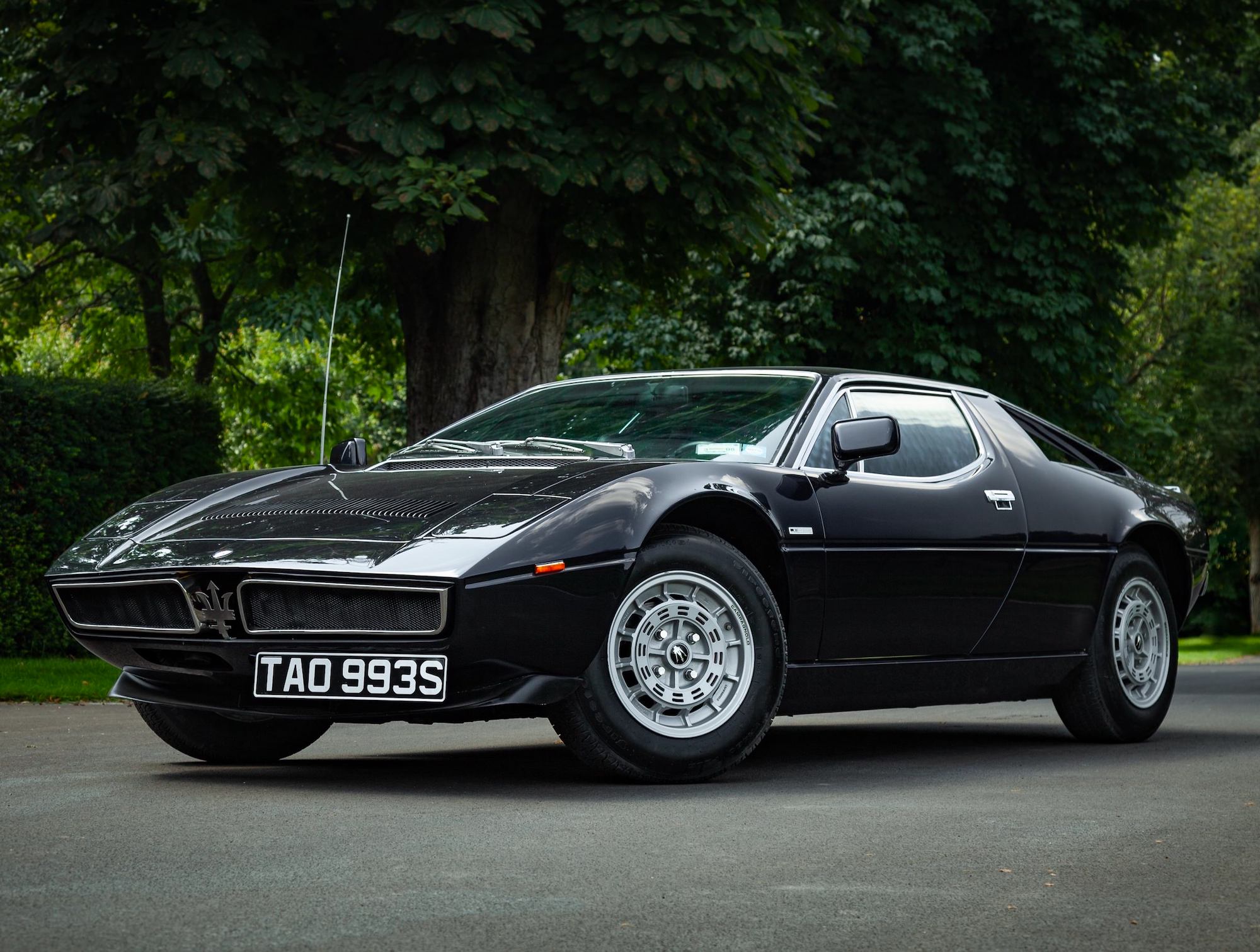
The post An Affordable Mid-Engined Classic: The Maserati Merak SS appeared first on Silodrome.
from Silodrome https://silodrome.com/maserati-merak-ss/
via gqrds
